With 'Surface phone,' will Microsoft learn from its past marketing mistakes?
One thing that irks many passionate Windows phone fans more than almost anything else is Microsoft's apparent lack of passion for its mobile platform.

Whether there is or was an actual lack of passion from Microsoft is irrelevant. As a company that hoped for a broad consumer embrace of Windows phones, the perception of disinterest from Microsoft was just as detrimental as an actual lack of the same.
Windows phone fans who accuse Microsoft of a less than optimal affection for its mobile efforts often cite a lack of marketing. This accusation certainly seems valid considering what we've seen (and haven't seen) in the way of advertising of Windows phones. This perception is particularly apparent when we consider the amount of marketing that comes from far more successful smartphone makers such as Apple and Samsung.
But marketing takes many forms, and if you ask Microsoft, it would likely argue the company did invest liberally in marketing Windows phones, just not in the manner one would expect.
We'll look at those other marketing methods in this piece and consider if in hindsight Microsoft might do things differently to market its ultimate mobile device: the ultramobile Surface PC.
The face of in-your-face marketing
You can't forget what never leaves your field of view. Microsoft's competition seems to subscribe to this belief, but Microsoft itself has not embraced that philosophy. Beautiful, well-crafted, seducing iPhone and Samsung Galaxy ads have consistently graced our television screens for years.
Knowing that thousands of consumers were being lured into the Apple and Google ecosystems by these seductive ads has been a pain point for Window phone fans. We've been forced to helplessly watch as unrelenting marketing from entrenched market leaders yielded greater market and mindshare for those companies.
Many people have concluded that those same efforts, combined with Microsoft's lack of equally consistent investments, led to the decreased market share and mindshare of Windows phones. Lest we forget, Microsoft did come out of the gates running. Early in Windows Phone 7 history, even up to Windows Phone 8, Microsoft and its carrier partners peppered memorable Windows phones ads on TV. This Lumia 1020 commercial is a classic:
Get the Windows Central Newsletter
All the latest news, reviews, and guides for Windows and Xbox diehards.
Those highly visible television spots were less consistent than the persistent flow of ads from rivals Apple and Samsung. Compared to those rivals' connected tapestry of ads that communicated a consistent narrative to consumers, Microsoft's sporadic TV spots were like a collection of disconnected "short stories" that struggled to connect with consumers.
Consistency matters. A lack of consistency, therefore, precludes the establishment of a sound foundation.
Choosing your battles
By the time Microsoft entered the space with its attention-getting attempts, its rivals were entrenched, and consumers were deeply invested in Apple's and Google's ecosystems. The millions of dollars rivals were pouring into television ads were reaffirming messages to the already-converted masses and pulling others into the fold.
Perhaps Microsoft deemed the costs of fighting a battle for the iPhone- and Android phone-focused minds of the masses via costly TV spots too risky an endeavor. No one knew about Microsoft's mobile platform with the unique tiled interface, after all. Consequently, Microsoft's television ad campaign strategy would have had to be a persistent, long-lasting and very expensive three-pronged endeavor.
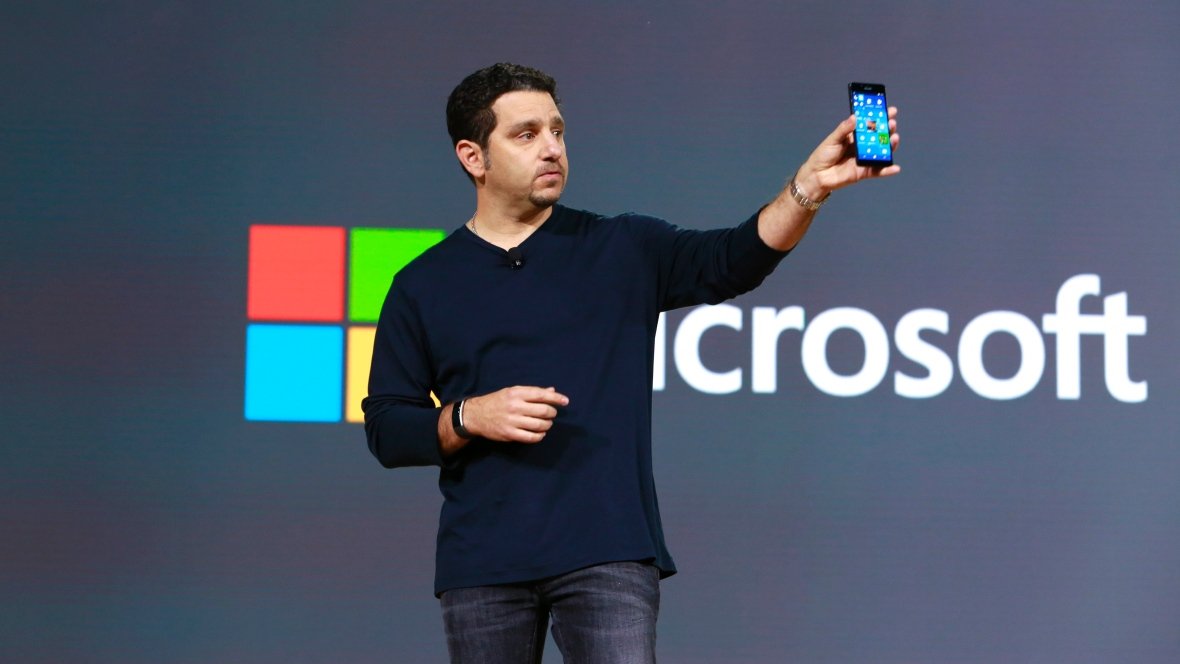
First Microsoft would have had to build awareness for a virtually unknown platform in a "noisy" space where consumers didn't think another viable platform existed. Secondly, Microsoft would have had to educate consumers via succinct (approximately 30 seconds) but effective ads about the merits of its unique platform. Third, in a space where consumers only wanted iPhones and Android phones, Microsoft would have had to persuade users that Windows phones were a better option.
Microsoft likely calculated a war of TV ads a lost cause.
To pry users' hearts and minds from the ads that reaffirmed what they had already embraced with ads that would garner their enduring attention would have required profound creativity and dedication.
If rival companies were not already entrenched, and consumers were not already thoroughly aware of and invested in those ecosystems, and Microsoft's efforts did not require building awareness of and educating the masses about an unknown entity, Redmond may have pursued more aggressive television campaigns. Given what Microsoft was up against, however, it likely deemed the probability of success for an ad campaign of that magnitude too low to commit to investing the necessary resources. Thus, Microsoft focused its marketing efforts elsewhere.
Connecting products as a marketing strategy
During Microsoft's Convergence 2015 event, Chief Marketing Officer (CMO) Chris Capossela shared his marketing strategy:
... my second transformation agenda item for Microsoft is this notion of using our amazing innovation engineering resource pool to build marketing into our products.
Capossela shared Microsoft's attempts to mimic the success Apple and Google achieved by building marketing into their products. This strategy is designed to lead to an interconnection of products where the use of one product would give rise to the use of another.
The following graphic is a snapshot in time. The size of the circles represents how many people were using a particular company's product, and the lines represent the connections between products. Yellow represents Apple, purple Google, and blue Microsoft.
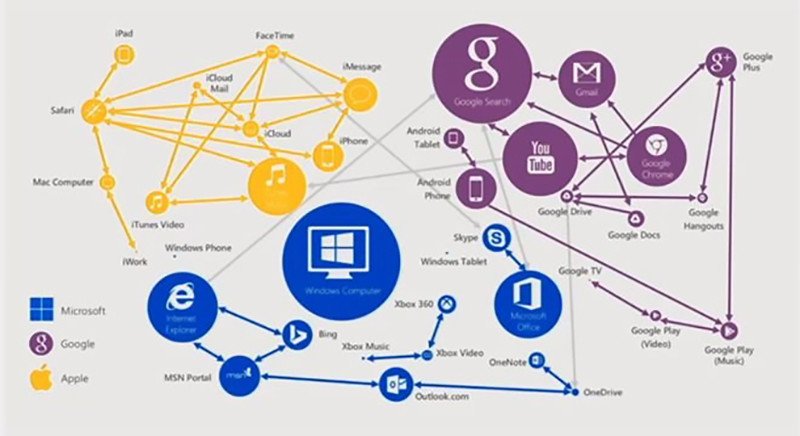
Clearly, the crisscrossing network of yellow and purple lines reflect that both Apple and Google succeeded in building connections that lead users from one of the respective company's products to another. Capossela acknowledged how in the U.S., Apple needed only to advertise the iPhone and iPad, and that was sufficient to ensure a user buy-in to Apple's broader ecosystem.
Microsoft's clearly-disconnected graph represented a profound need to improve interconnections between its products and services. Capossela said the following:
And the beautiful thing about having lots of lines is that you don't have to market all of your products. You only market the locomotives. And then when someone uses your locomotive, it pulls along the cabooses.
Build marketing into its products, then acquire, engage and enlist
Any Windows phone fan at any stage in the platform's history would agree that Microsoft needed to acquire more Windows phone users. Fans who have bemoaned the lack of aggressive television ad campaigns would certainly agree. They would argue that massive financial investments at the first stage of Capossela's "acquisition, engage and enlist" marketing strategy were necessary. There was even a time when Capossela would have agreed.
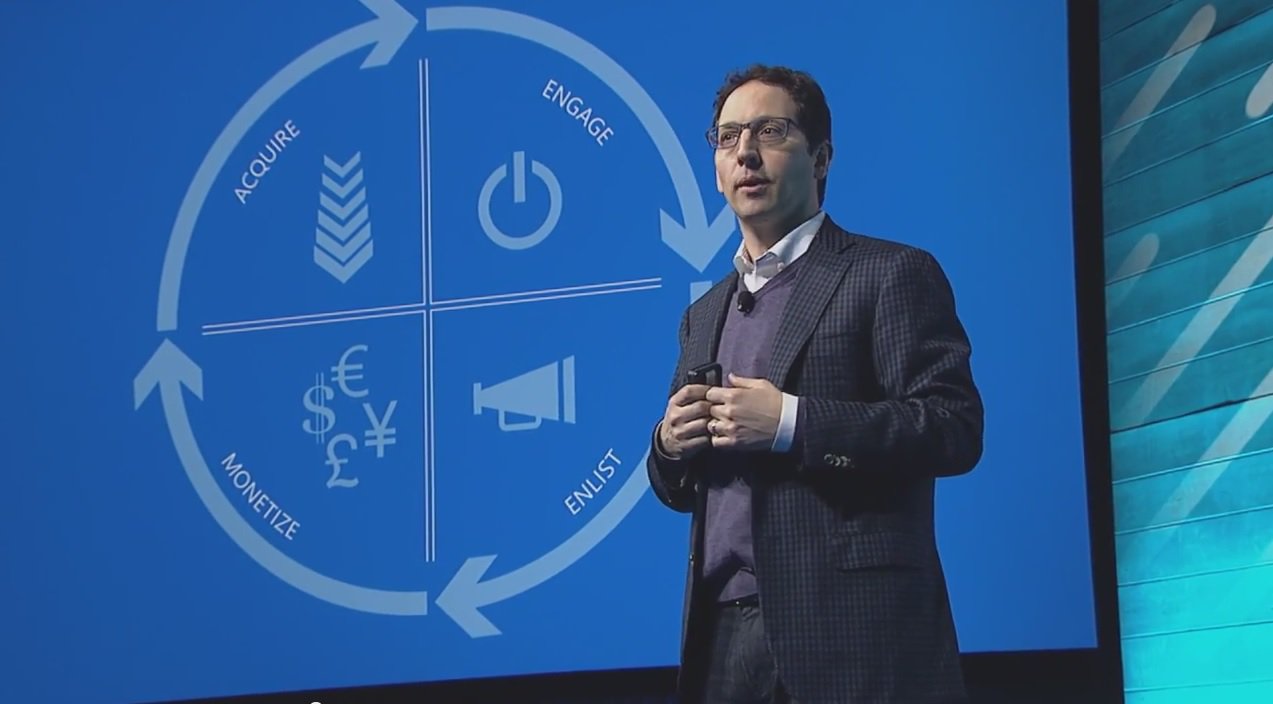
Acquire
Capossela stated the following:
How much marketing should I put at the top on acquire, how much should I put in engage, how much should I put in enlist? Think to yourself, if you were spending a dollar on this business, where would you spend it in the funnel?I think most people would say acquire, and that's what I said in the beginning. The reality is we have no issue with acquisition, zero. Tons of people know the brand. I can do a press release, and all of a sudden, 'Oh my gosh, Office is on the iPhone, let me go download Word and Excel and PowerPoint.'
Capossela used Microsoft's release of Office for the iPhone and Android, which resulted in tens of thousands of immediate downloads because users knew the brand, as an example. No marketing required. Millions of people use Windows PCs and Microsoft services. People knew the brand. Windows phones were another product in this broadly accepted and deeply integrated, personal and professional ecosystem.
Consequently, the company chose a marketing strategy as part of which it hoped to leverage the Microsoft and Windows brands and the integration of the phone in its broadly accepted ecosystem of products and services rather than the heavy marketing of Windows phones at the "acquisition" stage. Microsoft likely perceived Windows as the "locomotive" that would pull the Windows phone "caboose" forward.
Engage
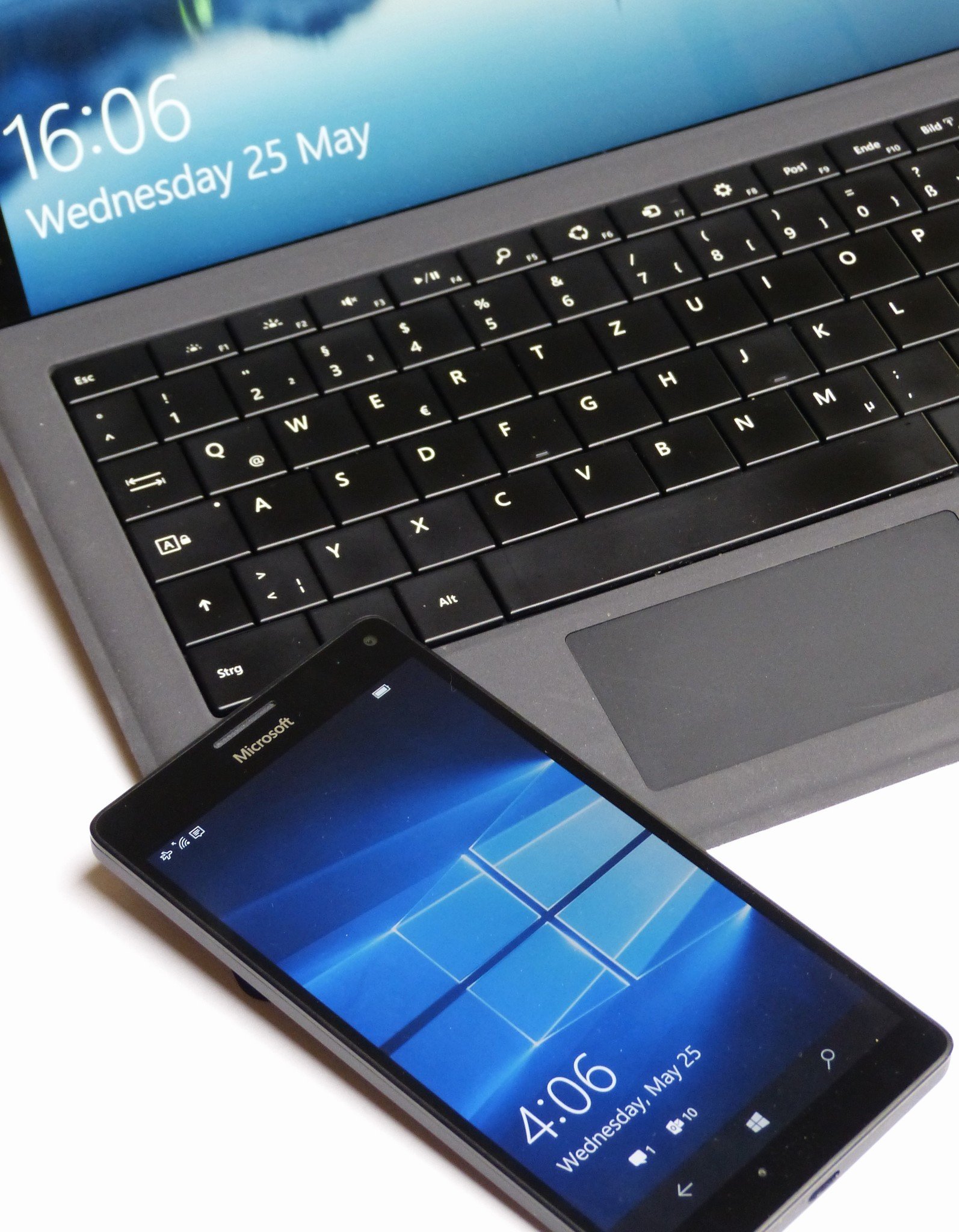
Microsoft chose to "connect the product lines," such as an initial exclusivity of Cortana on Windows phones. Fans may remember Group Program Manager for Cortana Marcus Ash asserting Cortana exclusivity on Windows phones as a draw to the platform.
Other connections were the company's promotion of a default inclusion of Office on Windows phones and limited integration with Xbox games. Given the advantage of hindsight, such a heavy dependence on "engaging" users as a primary marketing method with so little effort at the acquisition stage may have been a naïve miscalculation on Microsoft's part.
Microsoft may have overcalculated the strength of its brand in relation to what investments would have been needed to break significantly into the mobile space. Perhaps a more balanced approach would have led to greater success. Especially because Microsoft's strategy also includes bringing the breadth of its software and services to competing platforms, which undercuts exclusivity advantages Windows phones would otherwise have had.
Marketing, it's in there
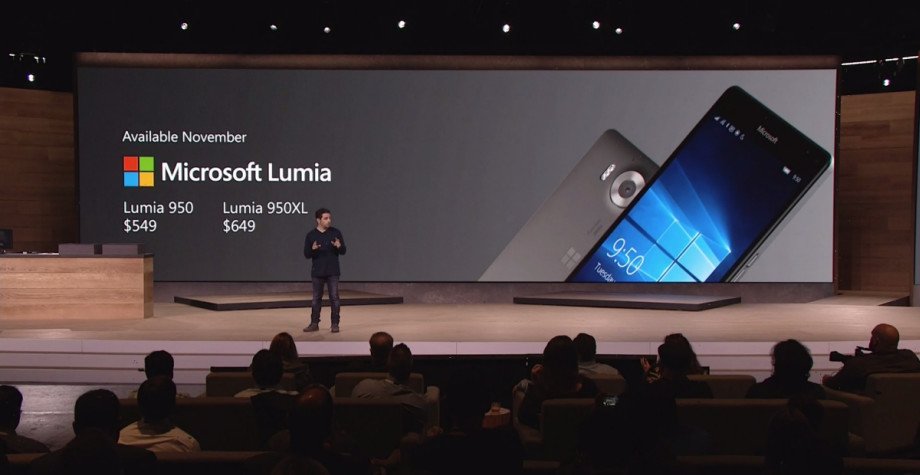
Capossela shared how Microsoft seeks to use engineering to build marketing into its products and expend less money on marketing:
It's using a resource that we have a lot of, engineering at Microsoft, and it's counterbalancing a resource that we frankly want to spend less on, marketing, in order to get people to experience the full ecosystem and fill out those lines on that blue, purple, orange chart, to really compete ecosystem to ecosystem as opposed to product to product.
The Surface, Surface pen and OneNote integration is a great example of how Microsoft leadership got various teams to work together to achieve such a high level of product cohesion. Now that Devices Chief Panos Panay and the Surface team are building Microsoft's ultimate mobile device, can we expect a similar cohesion of current innovations, such as mixed reality and digital inking? Could Microsoft have done more with Windows phones in the past?
Capossela stated:
One of the things we realized immediately is marketing dollars spent around engagement can be effective, but actually product design is far more effective at getting people to be deeply engaged in your products.
That statement assures us of both Microsoft's investments in quality design and of the company's desire to minimize marketing dollars. Apple's and Samsung's philosophies seem to embrace Microsoft's vision for quality of design but also a less reserved approach to aggressive financial investments in marketing.
As Microsoft learned from Apple's and Google's integration of services, perhaps a lesson can be gleaned about more liberal marketing expenditures in time for the debut of the ultramobile Surface PC.
Enlist
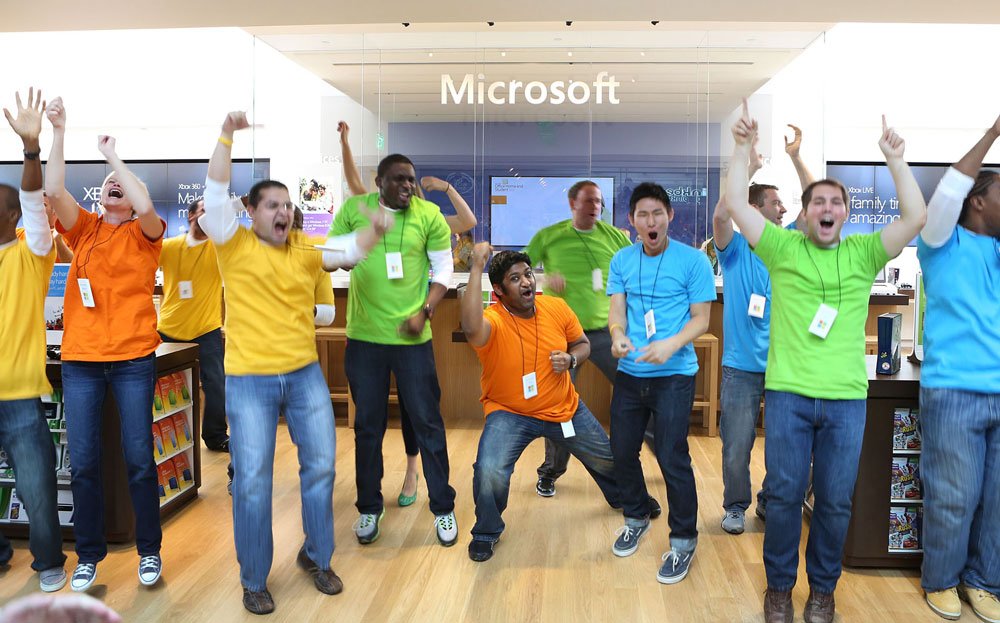
The final stage of Capossela's marketing strategy is enlisting. It is at this stage that diehard Windows phone loyalists play an active role. It is also the stage that costs Microsoft nothing in the way of marketing. In fact, it is to this stage that any company hopes to transition a sizable portion of its user base.
Apple and Google have acquired, engaged and enlisted hordes of fans who, through word of mouth and other means, passionately advocate for those platforms. The millions of Windows phone fans who make up the less than one percent of the smartphone market are a vocal, passionate but faint whisper among the thunderous rumbles of the competition's enlisted fans. Caposella shared the following about how Microsoft views its fans:
Then we figure out what a fan looks like, what is someone who loves our stuff, is loyal to our stuff, and we can enlist them to talk about how they use our products, we can enlist them to be a voice piece, a better voice piece of our company, even though they don't work for our company.
Microsoft obviously failed to acquire and engage a relevant number of Windows phone fans. One may wonder how Microsoft might have been able to use its fan base to promote Windows phones if the company had achieved a more impressive measure of success.
As it stands now, the company's Insider Program and the program's leader Dona Sarkar are clearly meant to keep fans engaged, and through software build releases keep them talking about the platform. Without the Insider Program, the hopes of many Windows phone fans would have long withered away, and with them, Microsoft's free marketing resource of enlisted fans.
History is the best teacher
When Microsoft reenters the mobile space, it won't be with a smartphone but (presumably) with an ultramobile Surface PC. As a PC first, with telephony attributes, it will not be positioned to compete directly with smartphones, though it will overlap the smartphone space.
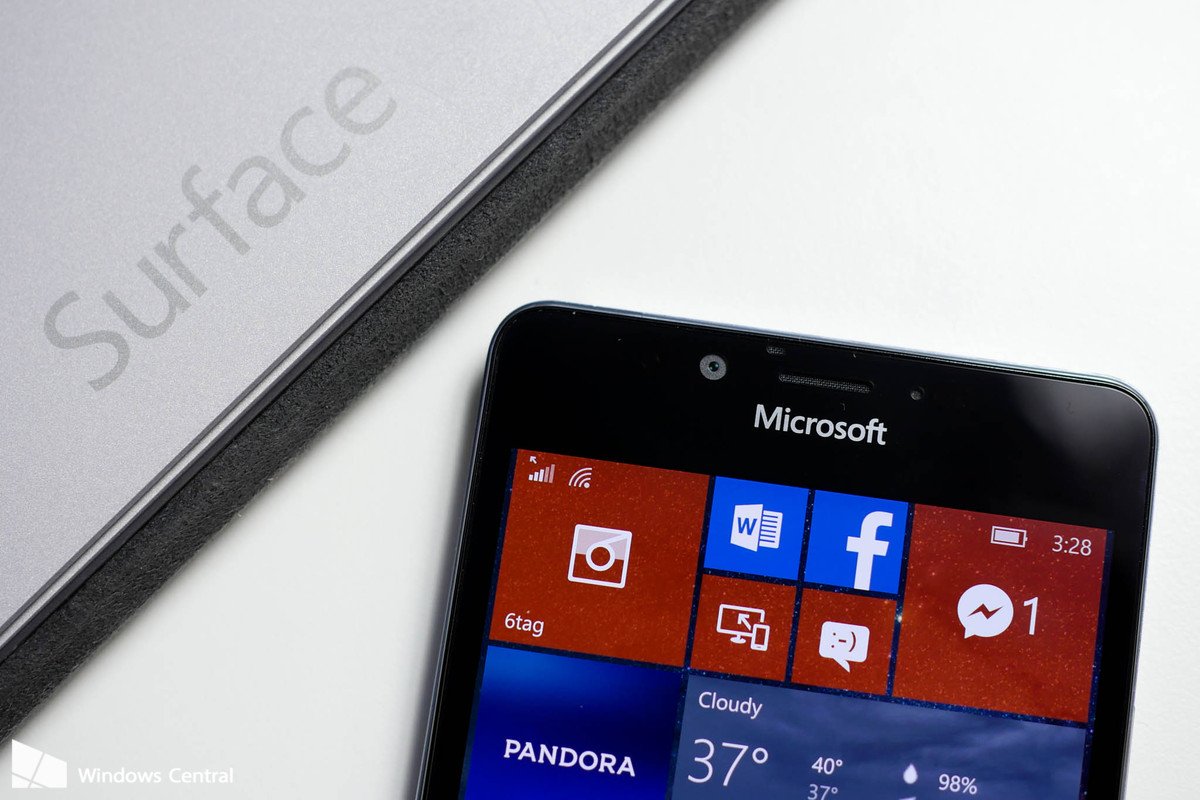
This ultramobile Surface PC will be a category-defining device that Microsoft will need to introduce to the masses proactively. Hopefully, the company will have learned from past mistakes that a more balanced marketing approach of television ads combined with the integration of services is more effective than an overreliance on one method over the other.
The fact that the ultramobile Surface PC will be part of the Surface family bodes well for the product. Microsoft has been far more aggressive about its advertisements, promotions, partnerships and product placements of Surface PCs than it has been for its phones. Microsoft's confidence in both its Surface brand and its PCs is evident. Smartphones, however, have been the company's Achilles heel.
Will Microsoft execute more balanced marketing for its ultimate mobile device?
It will be interesting to see if Microsoft will combine its confidence in its Surface brand and PC prowess with a more balanced approach to the marketing of the ultramobile PC. Microsoft has learned from competitors how to engineer marketing into its products.
But has the company learned that for certain product categories, television marketing campaigns are likely a necessary supplement to its existing marketing?
Microsoft's smartphone strategy: Rules of engagement, and business unusual
Jason L Ward is a columnist at Windows Central. He provides unique big picture analysis of the complex world of Microsoft. Jason takes the small clues and gives you an insightful big picture perspective through storytelling that you won't find *anywhere* else. Seriously, this dude thinks outside the box. Follow him on Twitter at @JLTechWord. He's doing the "write" thing!

